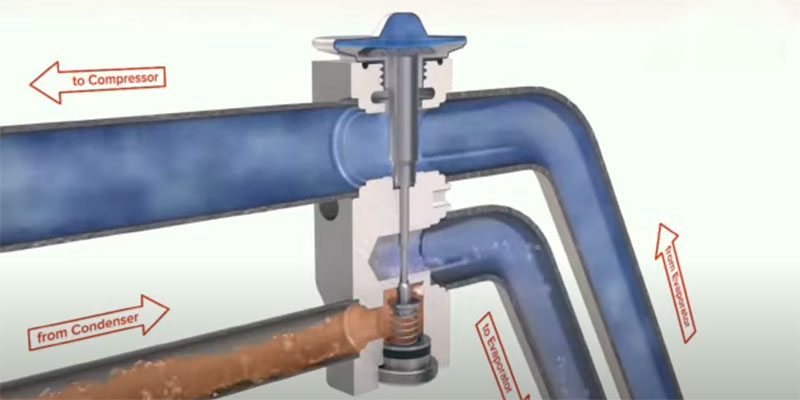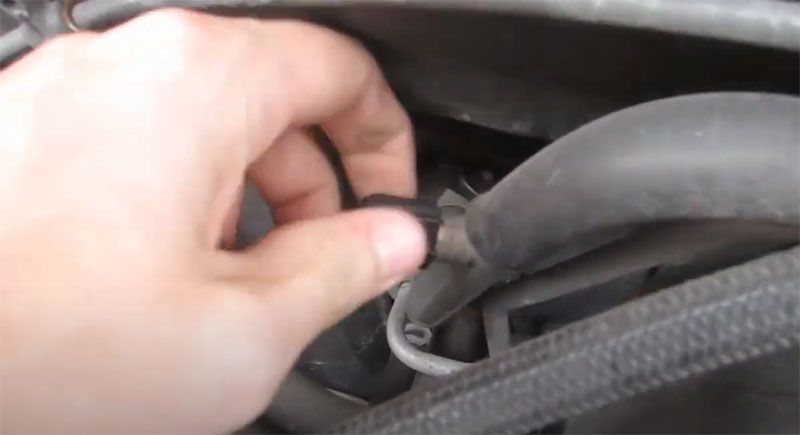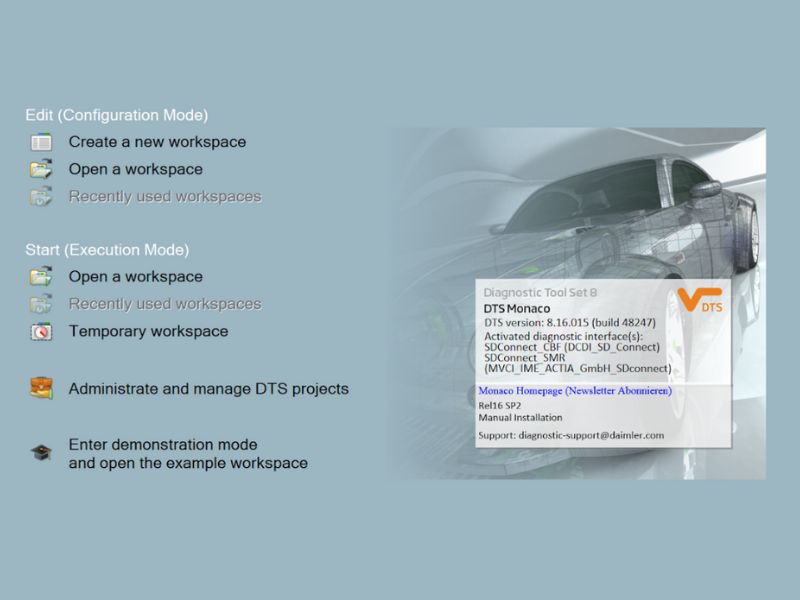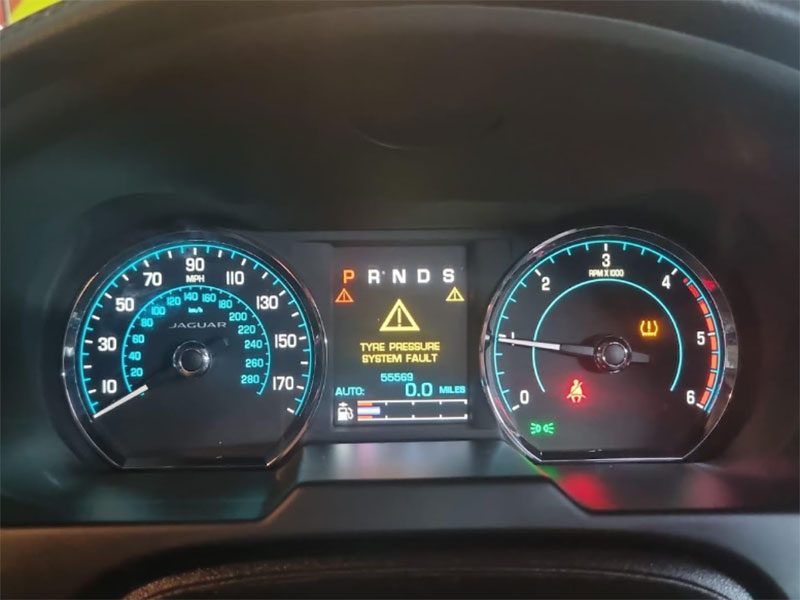When your car AC is not working, it can make driving uncomfortable, especially during hot weather. This guide explores common car air conditioning problems, their symptoms, and solutions, helping you troubleshoot effectively.
Understanding the Car Air Conditioning System
A car’s air conditioning system is an essential feature in modern vehicles, keeping the cabin comfortable year-round. The system typically includes:
- Compressor: Compresses the refrigerant and circulates it through the system.
- Expansion Valve: Regulates the flow of refrigerant.
- Condenser: Releases heat from the refrigerant to the outside air.
- Evaporator: Absorbs heat from the cabin air, cooling it.
- Blower Fan: Circulates cooled air inside the cabin.
- Dryer or Accumulator: Removes moisture from the refrigerant.

Despite being a closed system, car air conditioners often face malfunctions due to their precise operating standards.
Symptoms of Car Air Conditioning Problems
If you’re experiencing car air conditioning issues, watch for these symptoms:
- Reduced Cooling Efficiency: The AC is blowing air, but it’s not cold.
- AC Blowing Hot Air: Instead of cooling, the air is warm or hot.
- Unusual Noises: Clicking or rattling sounds from the compressor.
- Leaking Refrigerant: Visible leaks under the car or a noticeable decrease in cooling performance.

Common Causes of Car AC Not Working
- Faulty Compressor: The compressor may wear out or fail due to lack of maintenance.
- Leaking Refrigerant: Caused by damaged hoses or seals.
- Clogged Expansion Valve: Blocks the refrigerant flow, reducing cooling.
- Damaged Condenser: Impedes the release of heat, affecting the cooling process.
- Electrical Issues: Faulty wiring or blown fuses can prevent the AC from functioning.
How to Diagnose AC Problems in a Car
1. Check for Visible Signs
- Inspect for Leaks: Look for refrigerant leaks under the car or around the AC components. Refrigerant leaks often leave an oily residue.
- Look for Damage: Examine the compressor, hoses, and condenser for any visible damage or wear.
2. Test the Airflow
- Turn on the AC to the highest setting and feel the air coming out of the vents.
- If the air is weak, the problem might be with the blower motor or a clogged cabin air filter.
3. Measure Refrigerant Pressure
- Use an AC manifold gauge to check the system’s refrigerant levels.
- Normal Range: Low pressure should be around 25–40 psi, and high pressure should be 200–350 psi, depending on ambient temperature.
- Low Pressure: Indicates a refrigerant leak or insufficient refrigerant.
- High Pressure: Points to a clogged condenser or malfunctioning expansion valve.
4. Check the Compressor
- Clutch Engagement: Observe if the compressor clutch engages when the AC is turned on.
- If it doesn’t engage, check the electrical wiring, fuses, and relays.
- Compressor Noise: Unusual rattling or grinding sounds indicate internal damage.
5. Inspect the Condenser and Evaporator
- Condenser: Check for blockages caused by dirt, debris, or damage from road debris. A clogged condenser reduces heat dissipation, affecting cooling.
- Evaporator: Inspect for frost buildup, which can indicate a faulty expansion valve or insufficient refrigerant flow.
6. Test the Expansion Valve
- A malfunctioning expansion valve can restrict refrigerant flow, causing inconsistent cooling.
- Symptoms include freezing evaporator coils or fluctuating air temperatures.
7. Evaluate Electrical Components
- Use a multimeter to check the continuity of fuses and relays connected to the AC system.
- Inspect wiring for loose connections or corrosion.
8. Run a Diagnostic Scan
- Modern vehicles with advanced climate control systems can display diagnostic trouble codes (DTCs) when there’s a fault.
- Use an OBD2 scanner to retrieve and interpret the codes related to the AC system.
9. Consult the Service Manual
- Always refer to your car’s service manual for specific diagnostic procedures and component locations.
How to Repair Car AC Problems
Once you’ve diagnosed the car AC not working issue, the next step is implementing the correct solution. Repairing car air conditioning problems often involves addressing the underlying cause, whether it’s mechanical, electrical, or related to refrigerant levels. Follow these steps to repair your car AC:
1. Recharge the Refrigerant
- Symptom: Weak or no cooling due to low refrigerant levels.
- Solution:
- Attach an AC manifold gauge set to the low-pressure port.
- Recharge the system with the correct type of refrigerant (e.g., R-134a or R-1234yf).
- Monitor the pressure to avoid overcharging.
- Test the cooling performance after recharging.
2. Fix Refrigerant Leaks
- Symptom: AC blowing hot air or gradually losing cooling efficiency.
- Solution:
- Use a UV dye and leak detector to pinpoint the location of leaks.
- Replace damaged hoses, seals, or the O-rings at connection points.
- Evacuate and recharge the system to restore refrigerant levels.
3. Replace a Faulty Compressor
- Symptom: No cooling or loud noises coming from the AC system.
- Solution:
- Remove the old compressor and drain any remaining refrigerant.
- Install a new compressor, ensuring all bolts are secured.
- Replace the receiver-dryer or accumulator to protect the new compressor.
- Recharge the system and test for proper operation.
4. Clean or Replace the Condenser
- Symptom: Reduced cooling due to restricted airflow or heat dissipation.
- Solution:
- Use compressed air to blow out debris blocking the condenser.
- Replace the condenser if it is damaged or corroded.
- Verify proper airflow across the condenser after repair.
5. Unclog the Expansion Valve
- Symptom: Inconsistent cooling or frost on the evaporator.
- Solution:
- Remove the expansion valve and inspect for clogs or debris.
- Clean or replace the valve as needed.
- Reinstall and ensure proper refrigerant flow.
6. Repair Electrical Issues
- Symptom: AC system not turning on or intermittent operation.
- Solution:
- Replace blown fuses or faulty relays.
- Repair damaged wiring or corroded connectors.
- Test the system to ensure all electrical components are functioning correctly.
7. Replace the Blower Motor
- Symptom: Weak or no airflow from the vents.
- Solution:
- Remove the blower motor and inspect it for damage or obstructions.
- Replace it with a new unit if necessary.
- Ensure the fan speed operates correctly after replacement.
8. Special Case: Volvo XC60 Air Conditioning Repair Example
- Symptom: Reduced cooling efficiency due to a faulty compressor solenoid valve.
- Solution:
- Remove the compressor and solenoid valve.
- Collect and measure refrigerant in a gauge bottle.
- Rotate the compressor four times clockwise and four times counterclockwise.
- Clean the solenoid valve mounting hole using compressed air.
- Reinstall the solenoid valve and refill the refrigerant to the correct level.

Expert Tips for Diagnosing Air Conditioning Problems in a Car
- Use Proper Tools: Invest in a reliable AC manifold gauge and refrigerant leak detector.
- Follow Safety Protocols: Always wear gloves and safety goggles when handling refrigerants.
- Refer to Manufacturer Guidelines: Follow your vehicle’s service manual for specific instructions.
Contact Cardiagtech for quick support
If you’re facing challenges diagnosing or fixing your car air conditioning issues, we’re here to help! Contact us for immediate support:
- WhatsApp: +1 (641) 206-8880
- Email: [email protected]
Our expert team is ready to assist with remote troubleshooting, part replacements, and professional advice.




